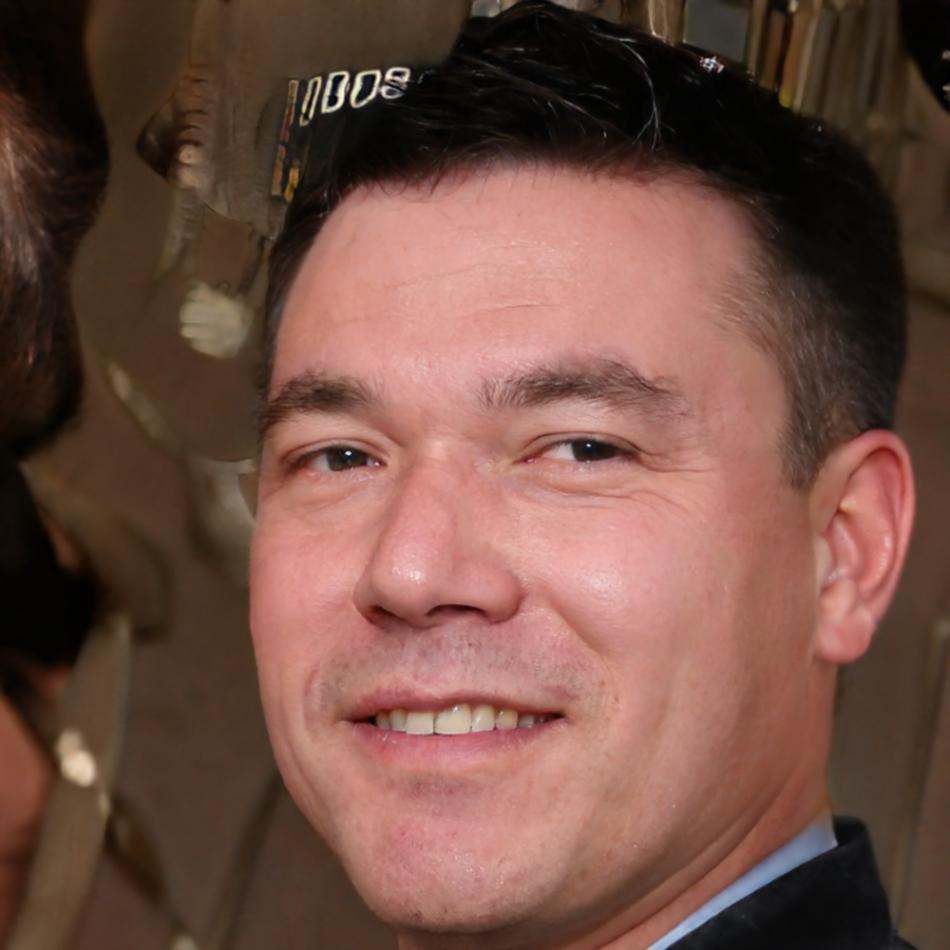Making Remote Finance Learning Actually Work
Studying financial concepts from home isn't quite the same as sitting in a classroom. I've watched plenty of people start strong and then quietly drop off after a few weeks. The truth is, remote learning demands a different approach.
Most finance courses in Australia are shifting online for autumn 2025, and that means you need practical strategies that fit real life — not just theory about "staying motivated." Let's talk about what genuinely helps.

Three Foundation Strategies That Actually Matter
Forget the usual advice about "creating a dedicated workspace." Here's what makes a measurable difference when you're trying to absorb complex financial concepts without a classroom structure.
Time Blocking with Flexibility
Fixed schedules sound great until your internet drops or you need to handle an urgent call. Instead, try this:
- Block 90-minute learning windows (not 2-hour marathons)
- Allow 30-minute buffer zones between blocks
- Schedule your hardest content for your peak focus time
- Keep two backup time slots each week for catch-up
This approach acknowledges that life happens. You're not failing if you need to shift things around — you're adapting.
Active Note-Taking Systems
Passive watching leads to passive forgetting. Your brain needs engagement with the material, not just exposure to it.
- Write summaries in your own words after each module
- Create practical examples from your actual finances
- Build a personal glossary as you encounter new terms
- Sketch diagrams even if you think you can't draw
The process matters more than the final notes. You're building neural pathways, not creating museum-quality documentation.
Structured Social Learning
Remote doesn't mean isolated. But random study groups often waste time on logistics rather than actual learning.
- Find one or two study partners with similar goals
- Set specific topics to discuss before each meeting
- Use shared documents to track collective questions
- Alternate who leads each session to share responsibility
You're aiming for focused collaboration, not social hangouts that happen to mention finance occasionally.

Kieran Ashford
I've guided over 300 remote learners through financial education programs since 2022.
What I've Learned From Watching People Succeed (and Struggle)
The students who stick with remote finance learning share something interesting — they don't try to recreate a classroom experience at home. They build something different.
I remember one participant in our 2024 cohort who kept failing the early modules. She'd watch lectures perfectly, take notes, do everything "right" according to traditional study advice. But nothing was sticking. When we talked, it turned out she was treating it like passive consumption — similar to watching a documentary.
We shifted her approach. Instead of watching entire modules, she'd pause every 10 minutes and apply the concept to her own bank statements or investment scenarios. Suddenly, abstract ideas about cash flow or risk assessment became concrete. Her retention improved dramatically because she was engaging with the material, not just observing it.
The biggest predictor of success isn't prior knowledge or available time — it's whether someone develops a personal system for active engagement with the content within the first three weeks.
Another pattern: successful remote learners protect their learning time differently. They don't just "find time" — they explicitly communicate boundaries with family and housemates. This isn't about being rigid; it's about respect for the process.
And here's something that surprised me. The people who finish courses aren't necessarily the most organized or disciplined. They're the ones who forgive themselves for imperfect progress and adjust their approach when something isn't working. Flexibility beats perfection every single time.
Building Your Personal Remote Learning Framework
These aren't steps you complete once and forget. They're ongoing practices that evolve as you learn what works for your specific situation and learning style.
Audit Your Current Reality
Before changing anything, track one full week. When do you actually have uninterrupted time? When does your focus naturally peak? What distractions consistently appear? You can't design around constraints you haven't acknowledged. Write down the patterns — you'll probably spot things you hadn't consciously noticed.
Design Your Minimum Viable Study Session
What's the smallest amount of meaningful learning you can do in one sitting? Maybe it's 30 minutes of focused work on one concept with active note-taking. Define this clearly. On difficult days, hitting your minimum keeps momentum going without demanding heroic effort. Success compounds from consistent minimums, not occasional maximums.
Create Accountability Structures
Remote learning removes external accountability, so you need to build your own. This might be a weekly check-in with a study partner, a shared progress tracker, or even just sending yourself calendar reminders to review what you learned. Find something that creates gentle pressure without adding stress. The goal is consistent forward movement, not perfect execution.
Review and Adjust Monthly
At the end of each month, spend 20 minutes reviewing what worked and what didn't. Did your planned study times actually happen? Which topics felt clear versus confusing? What distractions kept appearing? Adjust your approach based on real data from your experience. Your system should evolve as you learn more about how you learn best.
Ready to Build Financial Knowledge Your Way?
Our next remote learning program begins in September 2025. We focus on practical finance skills with flexible scheduling designed for real life in Australia.
Explore Learning Programs